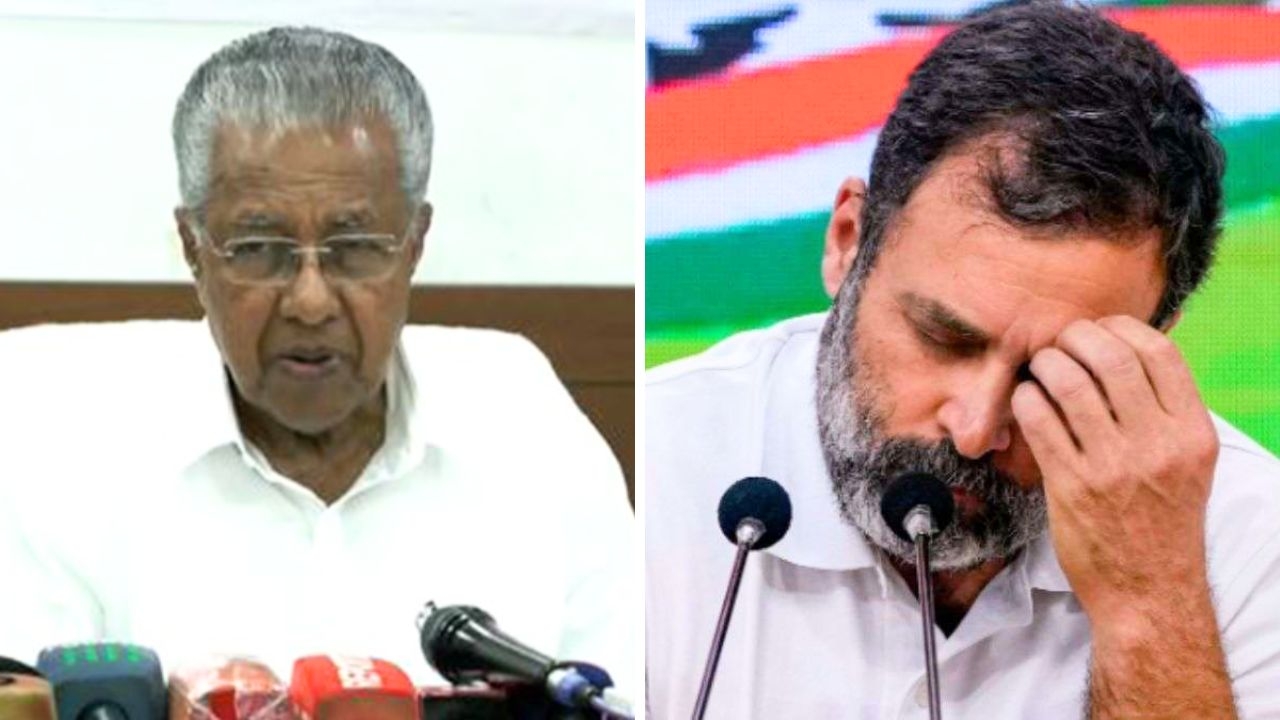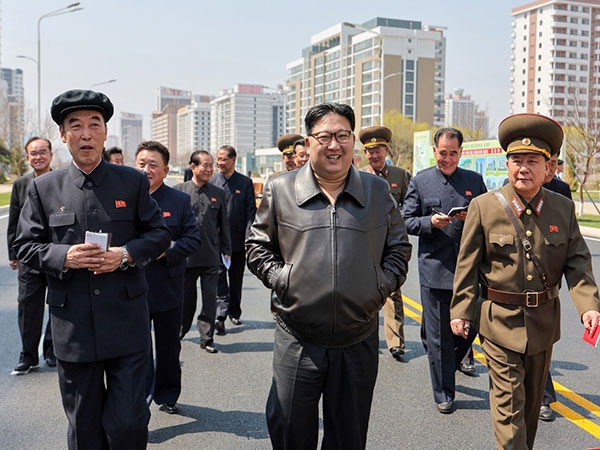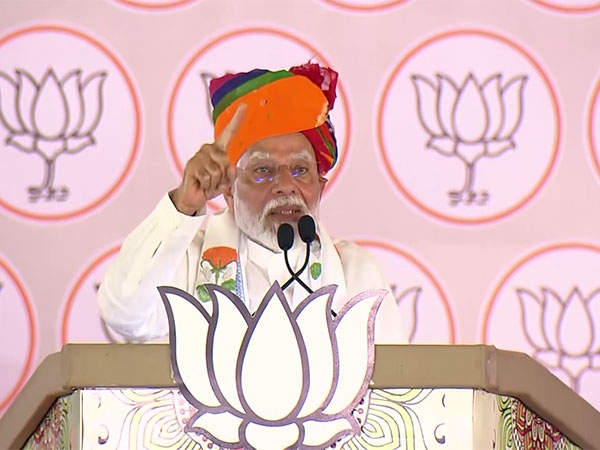Chinese aggression at Pangong Tso in Ladakh: result of Doklam frustration?
_77619_730x419-m.jpg)
The Chinese intrusion into Pangong Tso in Ladakh may have been a result of the frustration in Doklam near Sikkim, according to analysts.
Indian and Chinese troops have been locked in a standoff at Doklam for over eight weeks now, as India has refused to give in to Chinese demands of a unilateral withdrawal from Doklam, a contested territory between Bhutan and China.
But on Tuesday, troops came to blows near the famous Ladakhi lake, one-third of which is under Indian control and the rest under Chinese control. Two Chinese patrol parties reportedly indulged in stone throwing, which, analysts say, is a new low.
On Wednesday, Indian troops met representatives of the People's Liberation Army for a scheduled flag meeting in Chushul Sector in Ladakh, and Tuesday's incident is said to have come up for discussion.
The incident
On Tuesday, as India celebrated 70 years of independence, Indo-Tibetan Border Police (ITBP) personnel had a face-off with two Chinese patrol parties. Reports say Chinese forces may have lost their way and ended up on the northern banks of the lake, on the Indian side, something which has happened numerous times in the past.
However, the Chinese displayed unusual aggression, and when the ITBP personnel asked the patrol parties to go back to their side of the Line of Actual Control (LAC), the Chinese started pelting stones. The Indians then retaliated. In the stone-pelting and the reported scuffle, at least six ITBP personnel sustained injuries.
Analysts' reaction
Jayadeva Ranade, a former intelligence official and founder director of the Centre for China Analysis and Strategy, said of Tuesday's incident: “Which Army throws stones? It is childish behaviour.”
Ashok Kantha, the former Indian Ambassador to Beijing, who now heads the Institute of Chinese Studies, said while there are differences in perception of the alignment of the LAC in the area, and the lake has witnessed incidents in the past, the way security personnel exchanged blows is what makes it different.
Even though the intrusion is not a major affair, its timing is suspect, as it happened on India's Independence Day.
Ranade said this showed that China continues to remain insensitive towards India, and was a message that tensions between the countries are expected to remain high.
He explained that both the Doklam and Pangong Tso come under the PLA's Western Theatre Command, and that frustration may have been brewing from the way India has so far refused to budge on Chinese demands of a withdrawal from Doklam.
Analysts warned that China, which has been aggressive since the standoff began, could decide to test India's preparedness in other areas along the LAC in Arunachal, in Uttarakhand, or even in Ladakh.
Ranade said the Chinese were finding themselves boxed in when it came to Doklam after the continued rhetoric and overt aggression, and that may have pushed them into a corner, limiting options or a way out of this stand-off, since the Indian position had taken them by surprise.
Kantha, however, said the incident at Pangong Tso, which has not been confirmed by either side, could qualify as an “aggressive intrusion” bid. He said the standoff in Dokalam was expected to be “protracted since both the sides continue to stick to their positions”.
He advised: “Both sides should avoid anything that would lead to further escalation.”
First published: 16 August 2017, 20:39 IST





![BJP's Kapil Mishra recreates Shankar Mahadevan’s ‘Breathless’ song to highlight Delhi pollution [WATCH] BJP's Kapil Mishra recreates Shankar Mahadevan’s ‘Breathless’ song to highlight Delhi pollution [WATCH]](http://images.catchnews.com/upload/2022/11/03/kapil-mishra_240884_300x172.png)

![Anupam Kher shares pictures of his toned body on 67th birthday [MUST SEE] Anupam Kher shares pictures of his toned body on 67th birthday [MUST SEE]](http://images.catchnews.com/upload/2022/03/07/Anupam_kher_231145_300x172.jpg)






